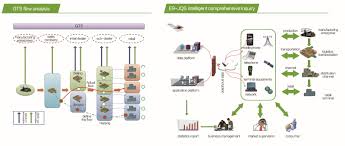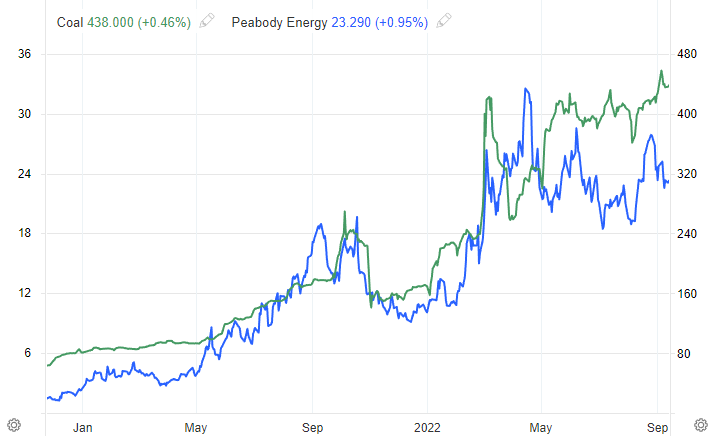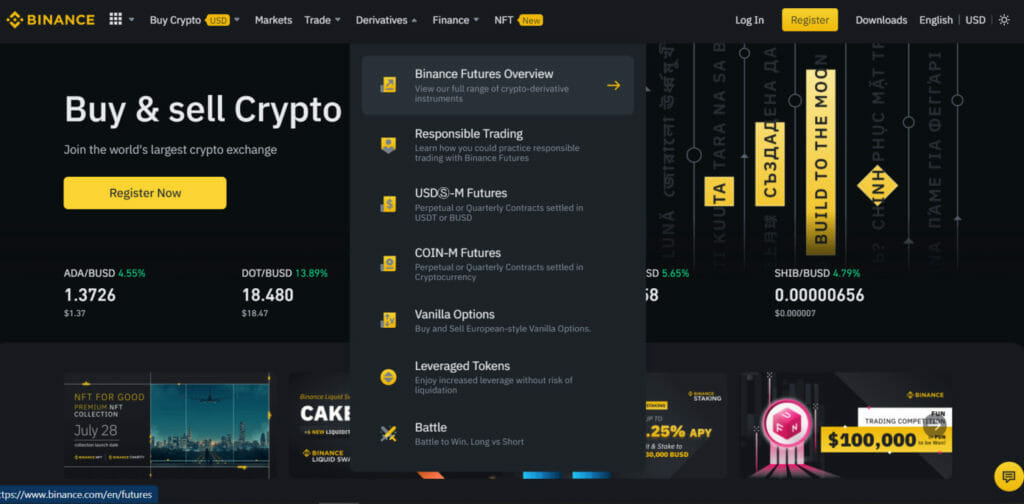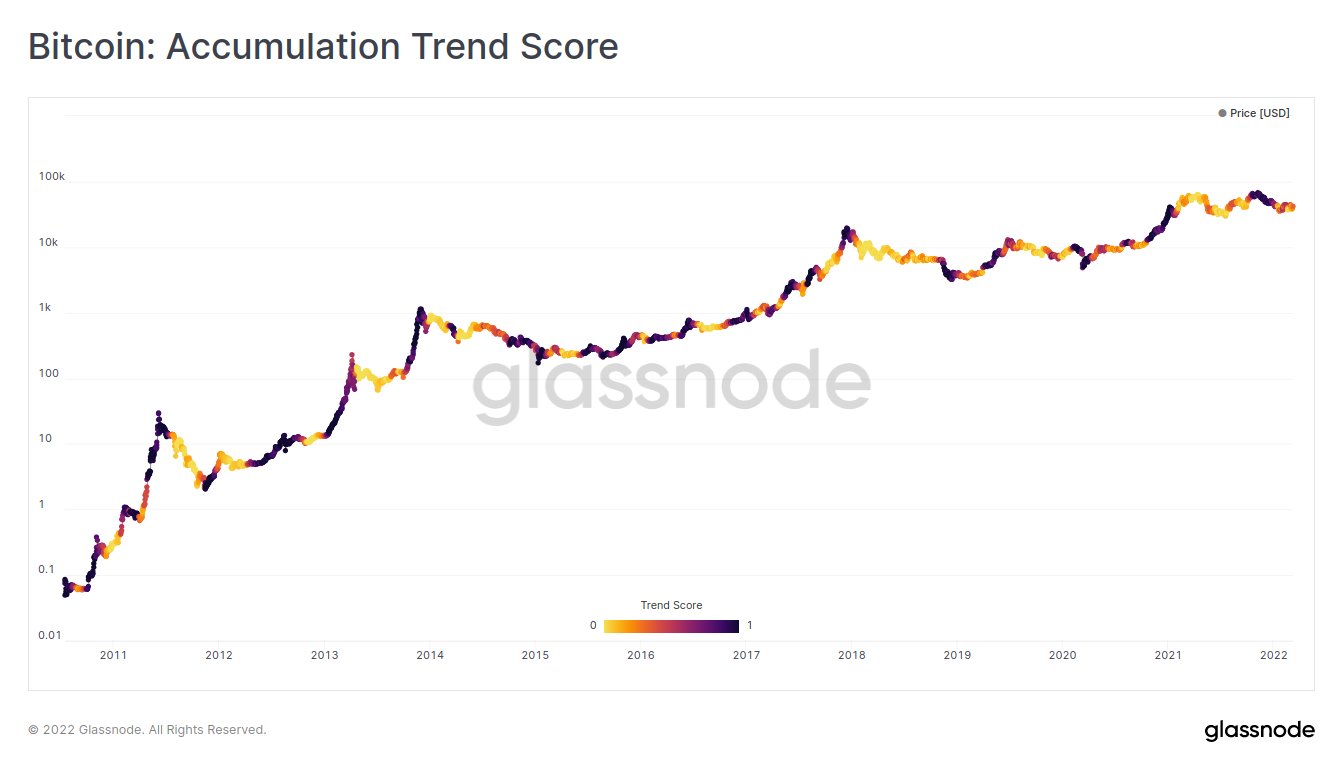Alright, folks, let’s cut to the chase. The USDA’s latest drought monitor is out, and it’s offering a mixed bag for soybean traders. While the overall area of the U.S. impacted by drought has shrunk – a positive sign, no doubt – don’t pop the champagne just yet. The persistent slowdown in planting progress across key portions of the Midwest is a serious headwind.
The report reveals a reduction in drought conditions affecting soybean growing regions, hinting at improving moisture levels in some critical areas. That’s good. But that’s not the whole story.
Let’s drill down a bit. The drier conditions are easing, particularly in regions that were previously facing severe stress. This potentially translates to healthier yield prospects down the line. However, planting delays – typically due to excessive moisture, now ironically replaced by continued cool temperatures and lingering soil dampness in key states – are building up a backlog. This is where things get dicey.
These delays aren’t just about inconvenience. They throw a wrench into the entire production timeline. Later planting means a higher risk of hitting the critical reproductive stages during peak heat and dryness. Ultimately, this can lead to yield reductions. And we all know what yield reductions mean: higher prices.
Here’s a quick breakdown of the science behind these concerns:
Delayed planting shortens the growing season. This directly reduces the potential for the plant to reach its full maturity and yield potential.
Mid-season stress, such as heat or drought, during pod development, significantly impacts seed size and number, resulting in lower overall yields.
Changes in pest and disease pressure are also introduced with delayed planting, due to shifts in environmental conditions and crop stage.
What does all this mean for traders? Stay nimble, folks. This situation is far from resolved. We need to closely monitor planting progress reports and temperature forecasts. The market is likely to remain volatile until we get a clearer picture of how these factors play out. Don’t be caught flat-footed. Be prepared to adjust your positions accordingly. Buckle up – it’s gonna be a bumpy ride.







